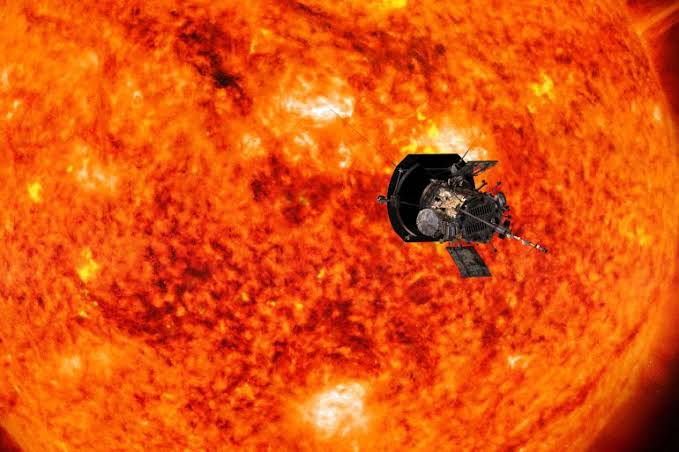NASA has confirmed that its Parker Solar Probe is operating normally after achieving a historic milestone on Christmas Eve by flying closer to the Sun than any other spacecraft.
Gatekeepers News reports that during this record-breaking flyby, the probe came within 3.8 million miles of the Sun’s surface and reached speeds exceeding 400,000 miles per hour.
The high-speed approach likely exposed the spacecraft to extreme temperatures of nearly 1,000 degrees Celsius.
Since its launch in 2018, the Parker Solar Probe has completed 21 orbits around the Sun, gradually getting closer with each pass.
The Christmas Eve event marked its closest approach to star, making it the fastest human-made object in space—capable of traveling from London to New York in under 30 seconds.
Despite experiencing significant heat, with estimated temperatures reaching up to 982 degrees Celsius as it entered the Sun’s outer atmosphere, the probe’s design incorporates an 11.5 cm thick carbon-composite shield, allowing its internal components to remain around room temperature.
The mission’s primary goal is to study the Sun’s outer atmosphere, known as the corona, to better understand its formation and behavior.
Insights gained from the Parker Solar Probe will not only enhance their knowledge of the Sun but may also provide valuable information about other stars throughout the universe.
The spacecraft is also tasked with recording crucial data regarding the Sun’s plasma and magnetic fields, particularly their connections to solar winds. The findings from this mission are expected to improve their ability to predict space weather patterns in the future.







